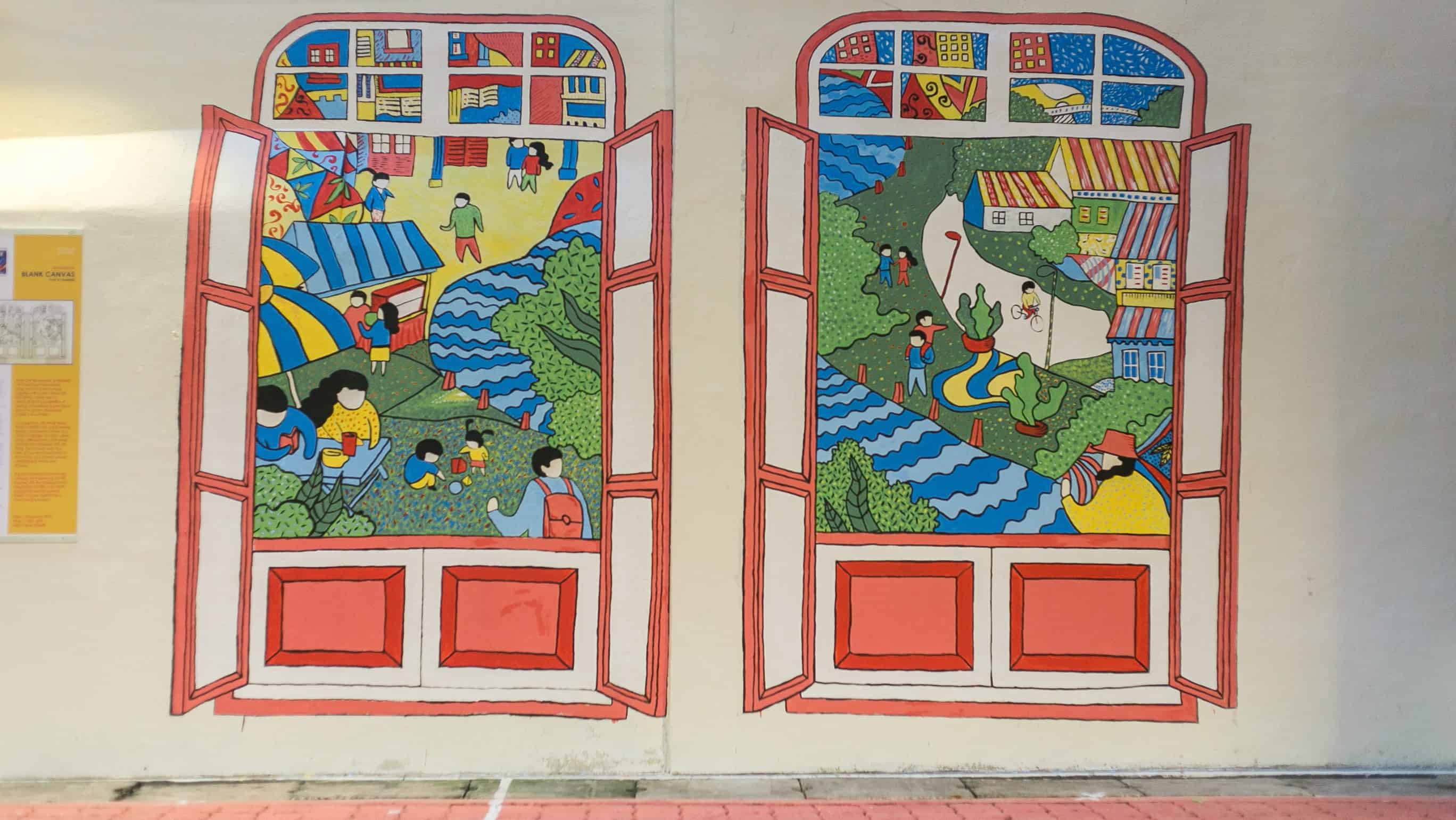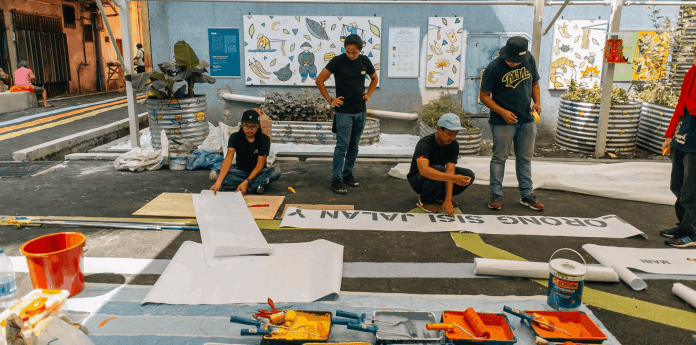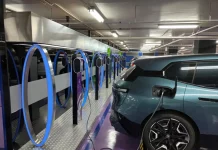From Ramadan bazaars at Dataran Merdeka to green rooftops, revived back alleys and street art or festivals with traditional arts and entertainment, placemaking is not new to Malaysian cities.

One of the best ways to describe placemaking is perhaps to cite a bare philosophy upheld by renowned urbanist, Jane Jacobs, who believed in the power of ‘observations and common sense to show why certain places work, and what can be done to improve those that do not.’
Simply put, placemaking is the process of managing and designing or adapting public spaces to be used in ways that can benefit the community’s well-being and happiness. It can also promote cultural identity, community bonding, population diversity, inclusiveness, health and commercial activities.
On August 9, 2019, at the Placemaker Week ASEAN event (a regional gathering of placemaking experts, activists and city makers), Hamdan Abdul Majeed, Managing Director of Think City Sdn Bhd says, “Placemaking is increasingly recognised as a cooperative process to improve public spaces, buildings, streets and cities.”
“It should be driven by dynamic groups within communities, or other stakeholders, to ensure liveable places for all, with sustainable outcomes. It is also seen as a critical component in addressing some of the challenges of massive urbanisation happening throughout Southeast Asia,” he adds.
Placemaking has seen success in other Southeast Asian cities. Across the Causeway, Singapore River One, the pilot Business Improvement District (BID) set up by stakeholders along the river managed the placemaking of Boat Quay, Clarke Quay and Robertson Quay. Today, the area, with its vibrant and thriving environment, is evidence of placemaking at work. The pilot project also saw stakeholders and the local community taking greater ownership in placemaking. This helped generate higher visitor traffic and more business for the precinct. Nine other precincts in the island state, including China Place, City Hall, Jurong Gateway, Kampong Glam, Marina Bay, Marina Centre, Paya Lebar, Tanjong Pagar and Raffles Place have followed suit, joining the pilot BID programme to drive precinct-level transformation.
In Bangkok, significant placemaking initiatives such as the Suan Lum Night Bazaar in Ratchadaphisek and a sizeable riverfront development centred around Icon Siam, dubbed the ‘Mother of Malls’, prevail, even as the city zooms in on modern mixed-use properties built around the concept of Live, Work, Play (LWP) environments. These dense LWP developments will focus on compact, connected, walkable, mixed and multi-use sites for offices, retail and residences, shifting their placemaking objectives towards drawing and retaining talent.
In Penang, some of Think City’s efforts include aiding the development of plans to ensure that low-income tenants do not fall victim to rapidly increasing property prices brought on by Georgetown’s UNESCO induction. Other initiatives include piloting community arts programs and funding local festivals, as well as making grants available for heritage restoration projects. Think City also analysed the market and used BID programmes to enable development and government groups to increase economic growth using a ground-up approach.
Hamdan emphasised that beyond the immediate benefits and pragmatic functionalities, placemaking had a deeper social and emotional impact.
“In cities where the only constant is change, we need to ask ourselves how we can create a sense of place and belonging. How and where can we forge social connections beyond our own homes? Can we still develop meaningful experiences with others as well as with our surroundings? How do we create places that people will love?” he says.
“This is why we are jointly presenting Placemaker Week ASEAN, where international experts and interested participants from all over the world will come together for important conversations surrounding placemaking.
“We want community partners such as local councils, government bodies, non-governmental organisations, private property developers and even young people to work together to answer these questions, which can then lead to building a stronger sense of civic consciousness.
“Our iteration of Placemaker Week ASEAN also acts as our follow up to the UN Habitat sponsored Placemaking Week Wuhan where the Wuhan Declaration was mooted and accepted by participants. Taking place in December last year, participants pledged to promote city-building through placemaking to maximise the shared value of the public realm,” he adds.
Held for the first time in ASEAN, Placemaker Week ASEAN will take place over two weeks within Kuala Lumpur’s creative and cultural district and the programme will comprise of education workshops, design charrettes, place games and seminars, culminating in a two-day plenary session on November 7-8, 2019. Various programmes will also take place in multiple locations around downtown Kuala Lumpur, Penang, Johor Bahru, Putrajaya and Klang.
Three themes have been selected as focus areas for Placemaker Week ASEAN 2019, addressing Waterfronts, Historical Streets and Healthy Communities.
Placemaker Week ASEAN is presented by Think City and UN Habitat and co-presented by Nextdor Property Communications Sdn Bhd, European placemaking advocate STIPO and the Malaysian Institute of Planners (MIP). Kuala Lumpur City Hall (DBKL), British Council Malaysia, Air Asia Foundation and Citi Foundation are listed as supporters.
In April 2020, the follow up programme to Placemaker Week ASEAN will be the Placemaker Awards ASEAN, co-presented by Think City and Nextdor Property Communications. The Placemaker Awards ASEAN is the first award of its kind in the region and is a special opportunity to celebrate the best in placemaking and community building throughout the ASEAN. It covers categories such as Best Rejuvenation, Best Green Place and Best Place.









